Home>Furniture & Design>Bathroom Accessories>How To Disinfect Bath Toys After Poop
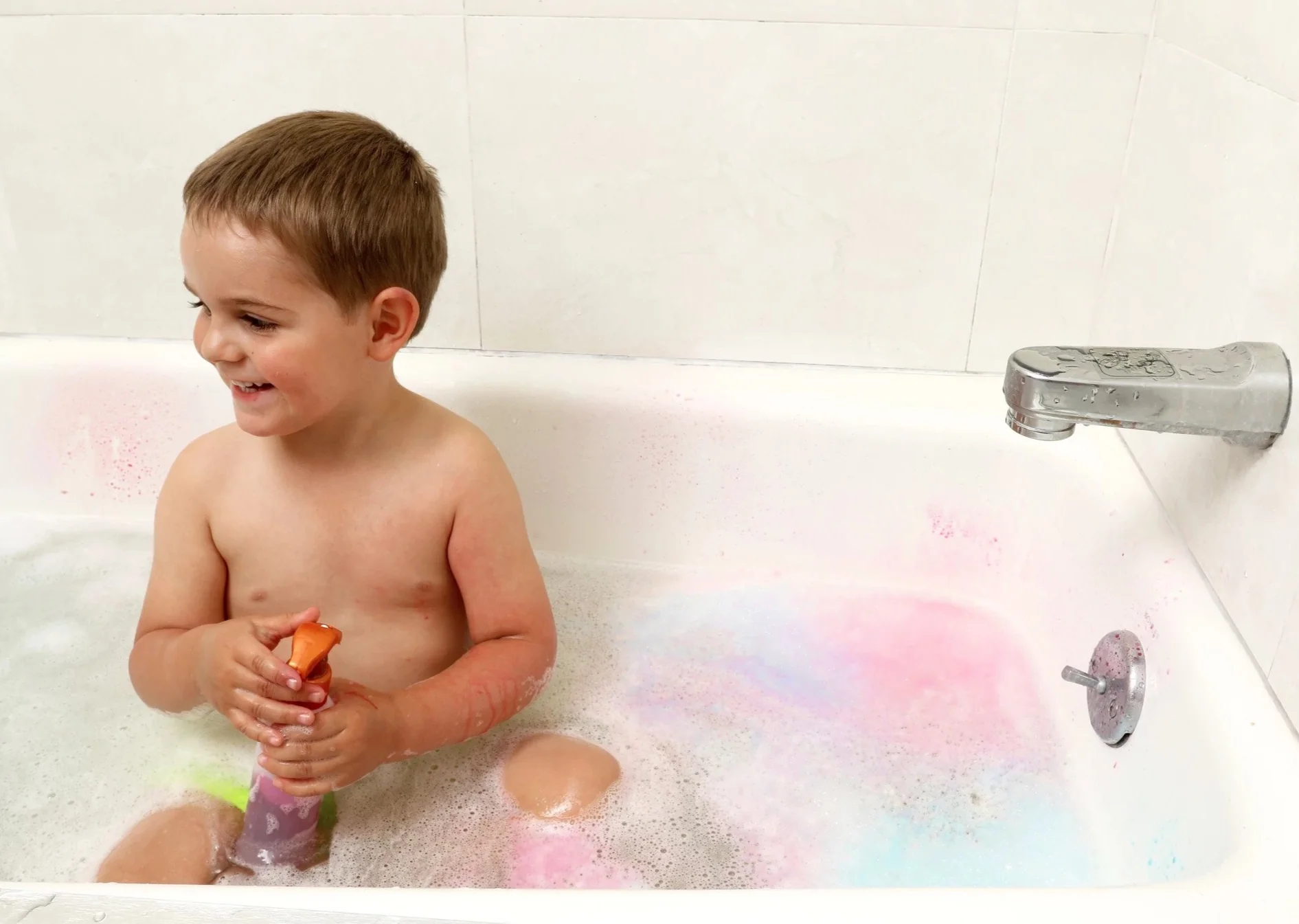

Bathroom Accessories
How To Disinfect Bath Toys After Poop
Modified: February 18, 2024
Learn effective ways to disinfect bathroom accessories and bath toys after a poop incident. Keep your child's toys clean and safe with these simple tips.
(Many of the links in this article redirect to a specific reviewed product. Your purchase of these products through affiliate links helps to generate commission for Storables.com, at no extra cost. Learn more)
Introduction
Bath time is a cherished part of a child's routine, providing fun and relaxation. However, it's essential to ensure that bath toys remain clean and safe for children to play with, especially after an unfortunate incident involving poop. When bath toys come into contact with fecal matter, they can become a breeding ground for harmful bacteria, posing a potential health risk to children. Therefore, it's crucial to understand the importance of disinfecting bath toys after such incidents and to know the best methods for doing so.
Ensuring that bath toys are thoroughly disinfected after exposure to poop is not only a matter of hygiene but also a key aspect of safeguarding children's health. By taking proactive measures to clean bath toys properly, parents and caregivers can minimize the risk of bacterial contamination and prevent potential illnesses. In this article, we will explore various effective methods for disinfecting bath toys, providing valuable insights and practical tips to help maintain a clean and safe bathing environment for children.
As we delve into the different disinfection methods, it's important to note that each approach offers unique benefits and considerations. From using simple household ingredients like vinegar and hot water to employing more robust solutions such as bleach, there are multiple options available to suit different preferences and circumstances. By understanding these methods and their respective advantages, parents and caregivers can make informed decisions about the most suitable approach for disinfecting bath toys.
Ultimately, the well-being of children is at the heart of this discussion. By prioritizing hygiene and taking proactive steps to disinfect bath toys after poop incidents, caregivers can create a nurturing and safe environment for children to enjoy their bath time without unnecessary health risks. Let's explore the various methods for disinfecting bath toys after poop, empowering caregivers with the knowledge and tools to maintain a clean and healthy bathing experience for their little ones.
Key Takeaways:
- Keep bath toys clean to keep kids healthy. Use bleach, vinegar, hot water, or dishwasher to disinfect after poop incidents. Prioritize hygiene to create a safe bathing environment for children.
- Prevent poop contamination by setting bath time rules, regular toy inspection, and educating children about hygiene. Create a clean and safe bathing environment for kids.
Read more: How To Disinfect Bathtub After Baby Poops
Why it's important to disinfect bath toys after poop
When bath time takes an unexpected turn and bath toys come into contact with fecal matter, it's crucial to prioritize the thorough disinfection of these toys. The presence of poop on bath toys introduces a potential health hazard, as fecal matter can harbor harmful bacteria and pathogens. Without proper disinfection, these contaminants can linger on the toys, posing a risk of infection to children during subsequent use.
Children often explore the world around them through sensory experiences, including touching, mouthing, and playing with toys. Bath toys, in particular, are frequently exposed to water and saliva, creating an ideal environment for bacterial growth when contaminated with fecal matter. This can lead to the transmission of harmful microorganisms, potentially causing gastrointestinal illnesses, skin infections, or other health issues in children.
Furthermore, the warm and moist conditions of the bath environment provide an additional breeding ground for bacteria, exacerbating the risk of contamination. If left unchecked, the presence of fecal matter on bath toys can contribute to the spread of infectious agents, compromising the overall hygiene and safety of the bathing experience.
By promptly and effectively disinfecting bath toys after exposure to poop, caregivers can mitigate these risks and ensure a clean and safe environment for children. This proactive approach not only minimizes the potential for illness but also promotes good hygiene practices, instilling healthy habits in children from an early age.
In essence, the importance of disinfecting bath toys after poop lies in safeguarding children's well-being and preventing the spread of harmful bacteria. By understanding the significance of this practice, caregivers can take proactive measures to maintain a hygienic bathing environment, promoting the health and safety of the little ones in their care.
Methods for disinfecting bath toys
When it comes to disinfecting bath toys after exposure to poop, there are several effective methods that caregivers can employ to ensure thorough cleaning and the removal of harmful bacteria. Each approach offers unique benefits and considerations, catering to different preferences and circumstances. By understanding these methods, caregivers can make informed decisions about the most suitable approach for disinfecting bath toys, promoting a clean and safe bathing environment for children.
Using Bleach Solution
One of the most potent disinfection methods involves using a bleach solution to sanitize bath toys. Caregivers can create a diluted bleach solution by mixing one tablespoon of bleach with one gallon of water. After preparing the solution, the bath toys can be submerged in the mixture for approximately 5 minutes, ensuring that all surfaces come into contact with the solution. Following this, the toys should be thoroughly rinsed with water to remove any residual bleach. This method is highly effective in killing bacteria and sanitizing bath toys, providing a robust solution for addressing contamination concerns.
Using Vinegar Solution
For those who prefer a natural and non-toxic approach, using a vinegar solution can be an excellent alternative for disinfecting bath toys. Caregivers can create a solution by mixing equal parts of water and white vinegar. Submerging the bath toys in this solution for approximately 10-15 minutes can help eliminate bacteria and mold. Vinegar possesses mild acidic properties that contribute to its disinfecting capabilities, making it a safe and eco-friendly option for cleaning bath toys.
Read more: How To Clean Out Bath Toys
Using Hot Water and Soap
Another simple yet effective method involves using hot water and soap to clean bath toys. Caregivers can wash the toys with hot, soapy water, ensuring thorough scrubbing to remove any visible residue. The combination of hot water and soap helps to dislodge contaminants and eliminate bacteria, providing a practical and accessible means of disinfection. After washing, the toys should be rinsed thoroughly and allowed to air-dry completely before being returned to the bath area.
Using a Dishwasher
For bath toys that are dishwasher-safe, utilizing the dishwasher can be a convenient and efficient method of disinfection. Caregivers can place the toys in a mesh laundry bag or dishwasher-safe container and run them through a hot water cycle with detergent. The heat and agitation within the dishwasher help to sanitize the toys effectively, providing a hands-free approach to disinfection.
By exploring these various methods for disinfecting bath toys, caregivers can choose the approach that best aligns with their preferences and the specific characteristics of the toys. Whether opting for the potent sanitization of a bleach solution, the natural disinfection of vinegar, the simplicity of hot water and soap, or the convenience of a dishwasher, each method offers a viable solution for maintaining clean and safe bath toys for children.
Using bleach solution
When it comes to effectively disinfecting bath toys after they have been exposed to fecal matter, using a bleach solution stands out as a potent and reliable method. This approach offers a robust solution for addressing contamination concerns, ensuring thorough cleaning and the removal of harmful bacteria.
To utilize the bleach solution method, caregivers can prepare a diluted bleach solution by mixing one tablespoon of bleach with one gallon of water. This carefully measured ratio is essential to maintain the potency of the solution while minimizing the risk of overexposure to bleach. Once the solution is prepared, the bath toys can be submerged in the mixture for approximately 5 minutes, allowing all surfaces to come into contact with the solution.
The disinfecting power of the bleach solution lies in its ability to effectively kill bacteria and sanitize bath toys. The active ingredient in bleach, sodium hypochlorite, acts as a potent antimicrobial agent, targeting and neutralizing harmful microorganisms. This makes the bleach solution particularly effective in eradicating bacteria and pathogens that may be present on the bath toys, thereby reducing the risk of potential infections.
Following the immersion period, it is crucial to thoroughly rinse the bath toys with water to remove any residual bleach. This step is essential to ensure that the toys are safe for children to handle and play with after disinfection. Caregivers should pay close attention to rinsing each toy meticulously, ensuring that no traces of bleach remain on the surfaces.
By employing the bleach solution method, caregivers can achieve a high level of disinfection, effectively eliminating bacteria and ensuring that bath toys are safe for children to use. However, it is important to exercise caution and follow safety guidelines when working with bleach. Caregivers should ensure adequate ventilation during the preparation and use of the bleach solution, as well as take measures to prevent direct skin contact with the undiluted bleach.
In summary, the use of a bleach solution offers a potent and reliable method for disinfecting bath toys after exposure to fecal matter. By following the proper dilution ratio and immersion time, caregivers can harness the disinfecting power of bleach to ensure a clean and safe bathing environment for children.
Using vinegar solution
When it comes to disinfecting bath toys after they have been exposed to fecal matter, utilizing a vinegar solution offers a natural and non-toxic alternative that effectively eliminates bacteria and mold. This method provides caregivers with a safe and eco-friendly approach to cleaning bath toys, aligning with preferences for non-chemical disinfection.
To employ the vinegar solution method, caregivers can create a simple yet potent cleaning solution by mixing equal parts of water and white vinegar. This straightforward combination harnesses the mild acidic properties of vinegar, which contribute to its disinfecting capabilities. The resulting solution serves as a powerful agent for eradicating harmful microorganisms, ensuring that bath toys are thoroughly sanitized.
Once the vinegar solution is prepared, caregivers can submerge the bath toys in the mixture for approximately 10-15 minutes. This duration allows the solution to effectively penetrate and disinfect the toys, targeting any bacteria or mold that may be present. The mild acidity of the vinegar works to neutralize contaminants, providing a natural and gentle disinfection process.
The effectiveness of the vinegar solution in eliminating bacteria and mold makes it a valuable option for caregivers seeking a non-toxic approach to disinfecting bath toys. Unlike harsh chemical agents, vinegar offers a safe and environmentally conscious alternative, aligning with the desire to minimize exposure to potentially harmful substances.
After the designated immersion period, the bath toys should be thoroughly rinsed with water to remove any residual vinegar solution. This step ensures that the toys are free from any lingering vinegar and are safe for children to handle and play with after disinfection. Caregivers should pay careful attention to rinsing each toy meticulously, ensuring that no traces of vinegar remain on the surfaces.
In summary, the use of a vinegar solution provides caregivers with a natural and non-toxic method for disinfecting bath toys after exposure to fecal matter. By harnessing the disinfecting properties of vinegar, caregivers can ensure that bath toys are thoroughly sanitized, promoting a clean and safe bathing environment for children while aligning with eco-friendly and non-toxic cleaning practices.
Read more: How To Clean Bath Toys With Bleach
Using hot water and soap
When it comes to effectively disinfecting bath toys after they have been exposed to fecal matter, utilizing hot water and soap offers a simple yet highly effective method. This approach provides caregivers with a practical and accessible means of disinfection, leveraging the combined cleansing power of heat and soap to ensure thorough cleaning and the removal of contaminants.
To employ the hot water and soap method, caregivers can begin by washing the bath toys with hot, soapy water. The use of hot water is particularly beneficial, as the elevated temperature helps to dislodge contaminants and eliminate bacteria more effectively than cold water. Caregivers should ensure thorough scrubbing of the toys, paying close attention to all surfaces to remove any visible residue.
The combination of hot water and soap serves as a potent cleansing agent, effectively breaking down and removing fecal matter, bacteria, and other impurities from the bath toys. The surfactants present in the soap work to encapsulate and lift away contaminants, while the heat of the water enhances the overall cleaning process. This dual action ensures that the toys are thoroughly sanitized, promoting a clean and safe environment for children.
Following the washing process, it is essential to rinse the bath toys thoroughly with clean water to remove any residual soap and dislodged contaminants. Caregivers should take care to rinse each toy meticulously, ensuring that no traces of soap or debris remain on the surfaces. Once rinsed, the toys should be allowed to air-dry completely before being returned to the bath area.
The hot water and soap method offers a practical and accessible approach to disinfecting bath toys, making it well-suited for regular cleaning routines. This method is particularly advantageous for caregivers who prefer to avoid the use of chemical agents such as bleach or vinegar, opting for a more straightforward and familiar cleaning process.
In summary, the use of hot water and soap provides caregivers with a simple yet highly effective method for disinfecting bath toys after exposure to fecal matter. By harnessing the combined cleansing power of heat and soap, caregivers can ensure that bath toys are thoroughly sanitized, promoting a clean and safe bathing environment for children.
Using a dishwasher
Utilizing a dishwasher for disinfecting bath toys presents a convenient and efficient method that leverages the appliance's cleaning capabilities to ensure thorough sanitization. This approach is particularly beneficial for caregivers seeking a hands-free and time-saving solution, as the dishwasher streamlines the disinfection process while effectively eliminating bacteria and contaminants from the bath toys.
To begin the process, caregivers can gather the bath toys that are designated as dishwasher-safe, ensuring that these toys are constructed from materials compatible with dishwasher use. It is essential to refer to the manufacturer's guidelines or product labeling to determine the dishwasher suitability of the bath toys, as certain materials may not withstand the heat and agitation of the dishwasher cycle.
Once the dishwasher-safe bath toys are identified, caregivers can place them in a mesh laundry bag or a designated dishwasher-safe container. This step helps to secure the toys during the dishwasher cycle, preventing them from moving around excessively and ensuring thorough exposure to the cleaning process.
When loading the bath toys into the dishwasher, caregivers should consider grouping them with other items that are not intended for food use, such as dishwashing brushes or non-food utensils. This segregation helps to maintain hygiene standards and prevents potential cross-contamination between bath toys and items used for food preparation.
After arranging the bath toys in the dishwasher, caregivers can initiate a hot water cycle with the addition of detergent. The combination of heat and detergent within the dishwasher works to effectively sanitize the bath toys, targeting and eliminating bacteria, mold, and other contaminants that may be present on the surfaces.
The heat generated during the dishwasher cycle serves as a potent disinfecting agent, effectively neutralizing harmful microorganisms and promoting thorough sanitization. The agitation and water pressure within the dishwasher further contribute to the cleaning process, ensuring that the bath toys are subjected to comprehensive cleansing and disinfection.
Once the dishwasher cycle is complete, caregivers should allow the bath toys to air-dry completely before returning them to the bath area. This drying period ensures that any residual moisture is eliminated, promoting the longevity and cleanliness of the bath toys.
In summary, utilizing a dishwasher for disinfecting bath toys offers a convenient and efficient method that harnesses the appliance's cleaning capabilities to ensure thorough sanitization. By leveraging the heat, detergent, and agitation within the dishwasher, caregivers can effectively eliminate bacteria and contaminants from the bath toys, promoting a clean and safe bathing environment for children.
Soak bath toys in a solution of 1 part bleach to 9 parts water for 5 minutes, then rinse thoroughly. This will help kill any bacteria from the poop.
Tips for preventing poop contamination in the future
-
Establish Bath Time Rules: Setting clear guidelines for bath time can help prevent poop contamination. Encourage children to refrain from bringing food or drink into the bathtub, as this can minimize the risk of accidental ingestion and subsequent fecal contamination of the bath water and toys.
-
Regular Toy Inspection: Conduct routine inspections of bath toys to check for signs of wear, damage, or mold accumulation. Promptly replace any toys showing signs of deterioration to prevent potential fecal matter retention and bacterial growth.
-
Educate Children: Teach children about proper hygiene practices, including the importance of notifying an adult in the event of an accident during bath time. Encouraging open communication can help address incidents promptly and minimize the spread of contamination.
-
Designate Bath-Only Toys: Introduce a specific set of bath-only toys that are kept separate from other playthings. By designating toys exclusively for bath time, the risk of cross-contamination with items from other environments is reduced.
-
Post-Cleanup Routine: Implement a post-bath cleanup routine that includes thorough disinfection of bath toys after each use. This proactive approach can help maintain a hygienic bathing environment and minimize the potential for fecal contamination.
-
Supervision and Assistance: Ensure that young children are supervised during bath time, and provide assistance as needed. This can help prevent accidents and facilitate prompt intervention in the event of fecal contamination.
-
Encourage Hand Washing: Emphasize the importance of hand washing before and after bath time. By instilling this habit, children can reduce the likelihood of transferring contaminants to bath toys and minimize the risk of fecal contamination.
-
Storage and Drying: Establish a proper storage and drying routine for bath toys to prevent moisture retention and mold growth. Allowing bath toys to air-dry thoroughly after each use can help mitigate the risk of bacterial proliferation.
-
Regular Cleaning Schedule: Implement a regular cleaning schedule for bath toys, ensuring that they are thoroughly sanitized at designated intervals. Consistent cleaning practices can help prevent the buildup of contaminants and maintain a hygienic bathing environment.
-
Communication with Caregivers: Foster open communication with other caregivers, such as babysitters or family members, regarding the importance of maintaining hygiene during bath time. Consistent adherence to hygiene practices across caregiving contexts can contribute to a collective effort in preventing poop contamination.
By implementing these proactive measures, caregivers can minimize the risk of poop contamination in the future, promoting a clean and safe bathing environment for children.
Conclusion
In conclusion, maintaining the cleanliness and safety of bath toys after exposure to fecal matter is paramount in ensuring a hygienic bathing environment for children. The methods for disinfecting bath toys, including the use of bleach solution, vinegar solution, hot water and soap, and the dishwasher, offer caregivers a range of effective options to address contamination concerns. Each method presents unique benefits, catering to diverse preferences and circumstances, while prioritizing the thorough sanitization of bath toys.
The importance of disinfecting bath toys after poop incidents cannot be overstated, as it directly impacts the well-being of children. By promptly addressing fecal contamination and implementing proactive cleaning measures, caregivers can minimize the risk of bacterial transmission and potential health issues. Furthermore, fostering good hygiene practices from an early age instills valuable habits in children, promoting their overall health and safety.
In addition to disinfection methods, the article has provided practical tips for preventing poop contamination in the future. These proactive measures, such as establishing bath time rules, regular toy inspection, and educating children about hygiene practices, empower caregivers to create a clean and safe bathing environment. By incorporating these tips into their routines, caregivers can mitigate the risk of fecal contamination and maintain a hygienic setting for children's bath time.
Ultimately, the well-being of children is at the heart of the discussion on disinfecting bath toys after poop incidents. By understanding the significance of this practice and implementing the recommended methods and preventive measures, caregivers can create a nurturing and safe environment for children to enjoy their bath time without unnecessary health risks. The combination of effective disinfection methods and proactive prevention strategies contributes to a holistic approach in safeguarding children's health and promoting a clean and enjoyable bathing experience.
In essence, the comprehensive insights and practical guidance provided in this article empower caregivers with the knowledge and tools to maintain a clean and healthy bathing environment for their little ones. By prioritizing hygiene and taking proactive steps to disinfect bath toys after poop incidents, caregivers play a pivotal role in promoting the well-being and safety of the children in their care.
Frequently Asked Questions about How To Disinfect Bath Toys After Poop
Was this page helpful?
At Storables.com, we guarantee accurate and reliable information. Our content, validated by Expert Board Contributors, is crafted following stringent Editorial Policies. We're committed to providing you with well-researched, expert-backed insights for all your informational needs.
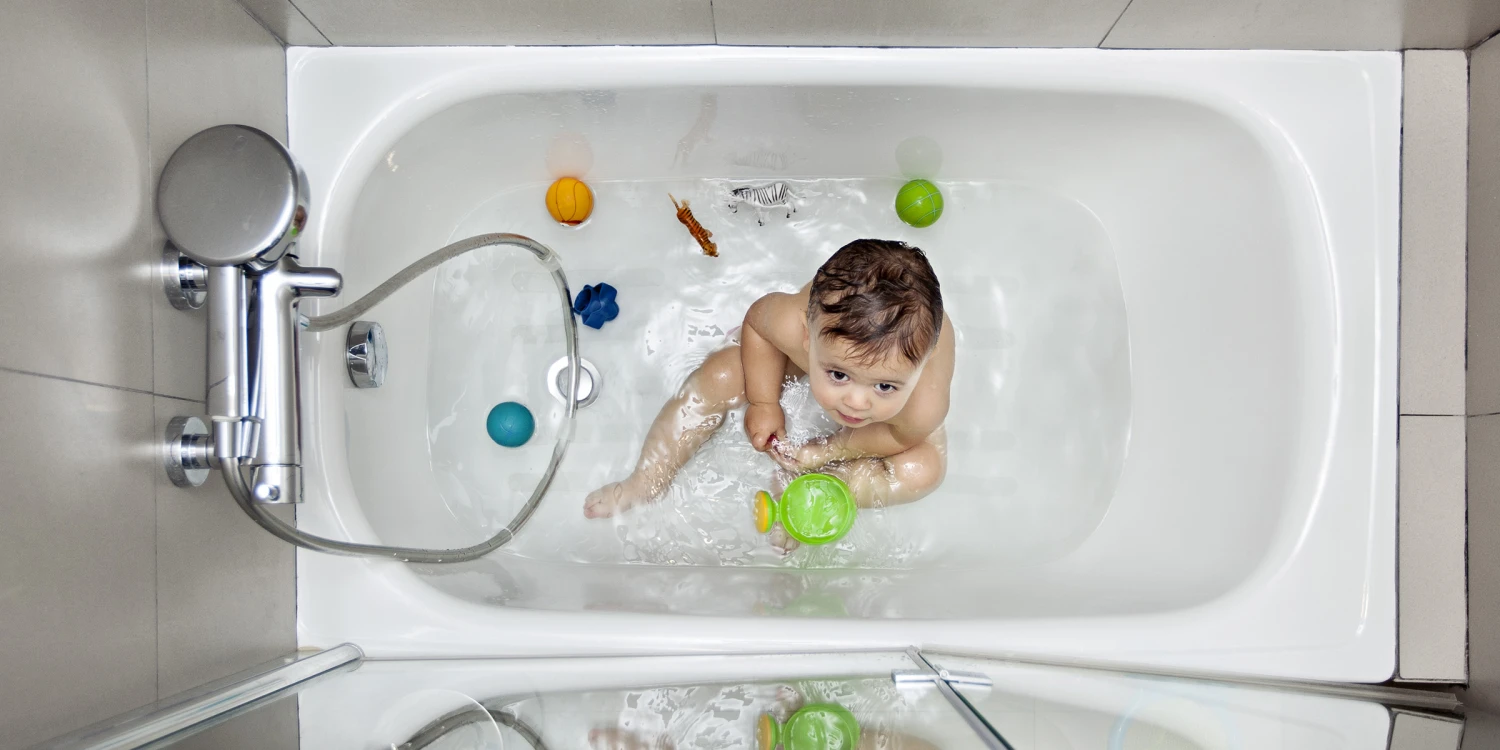
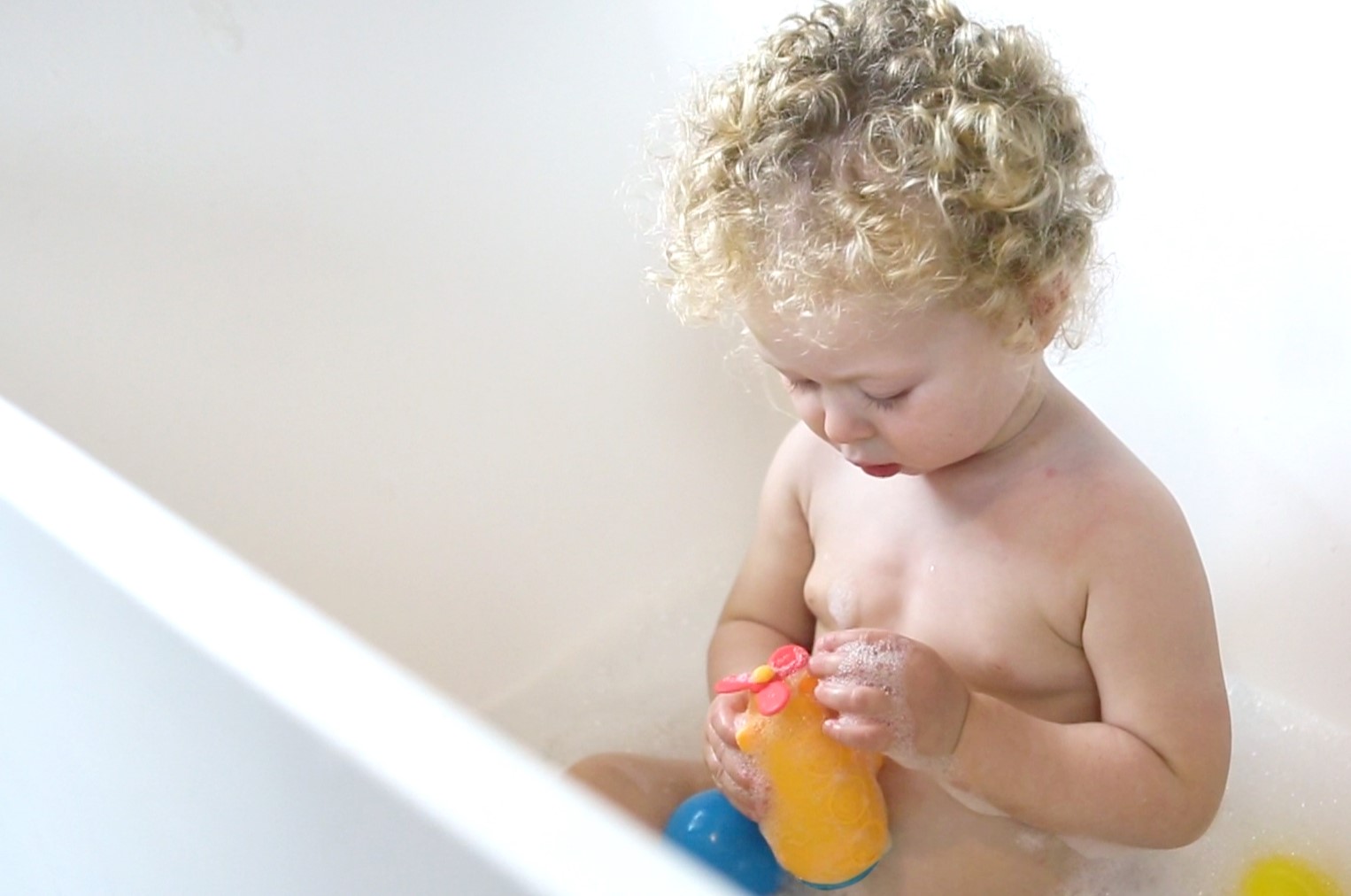
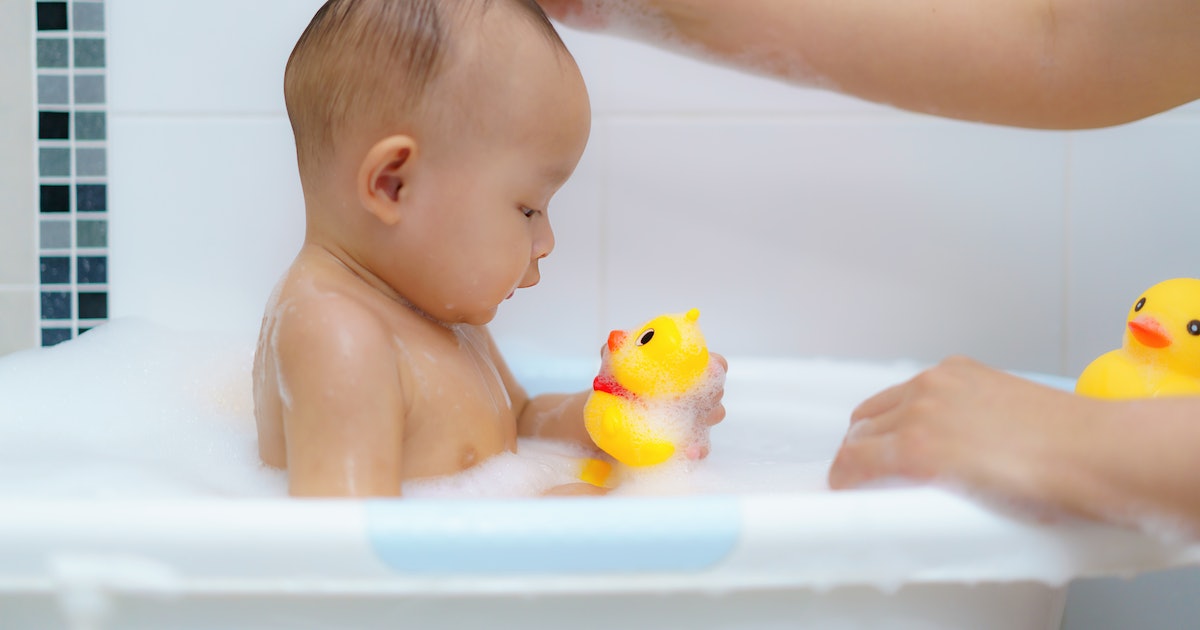
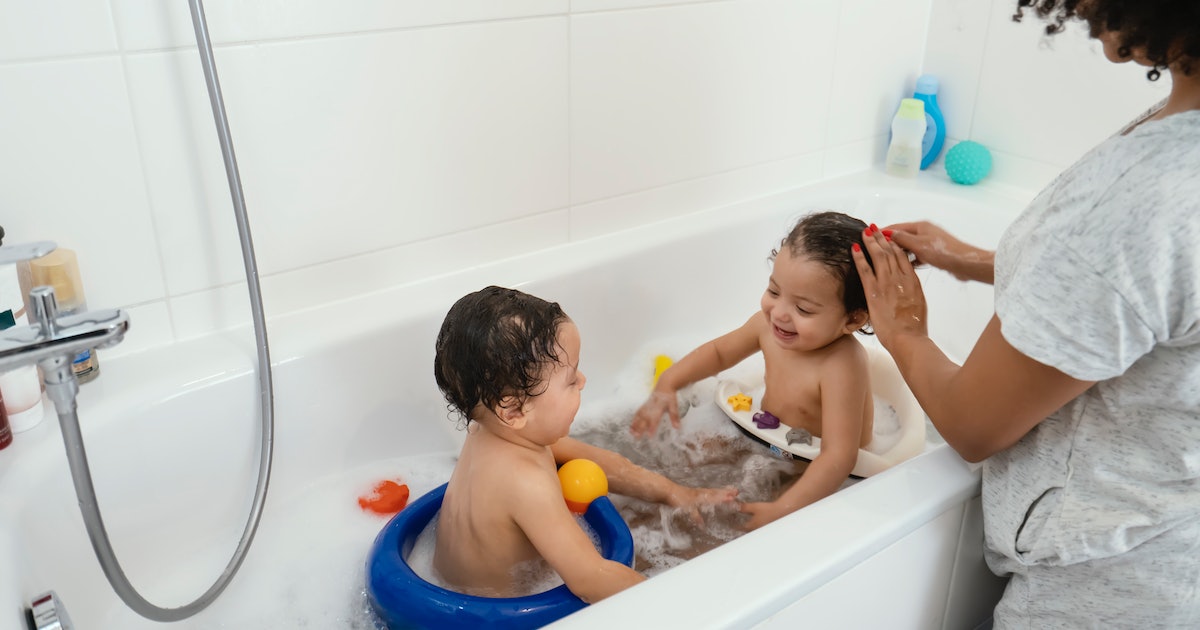
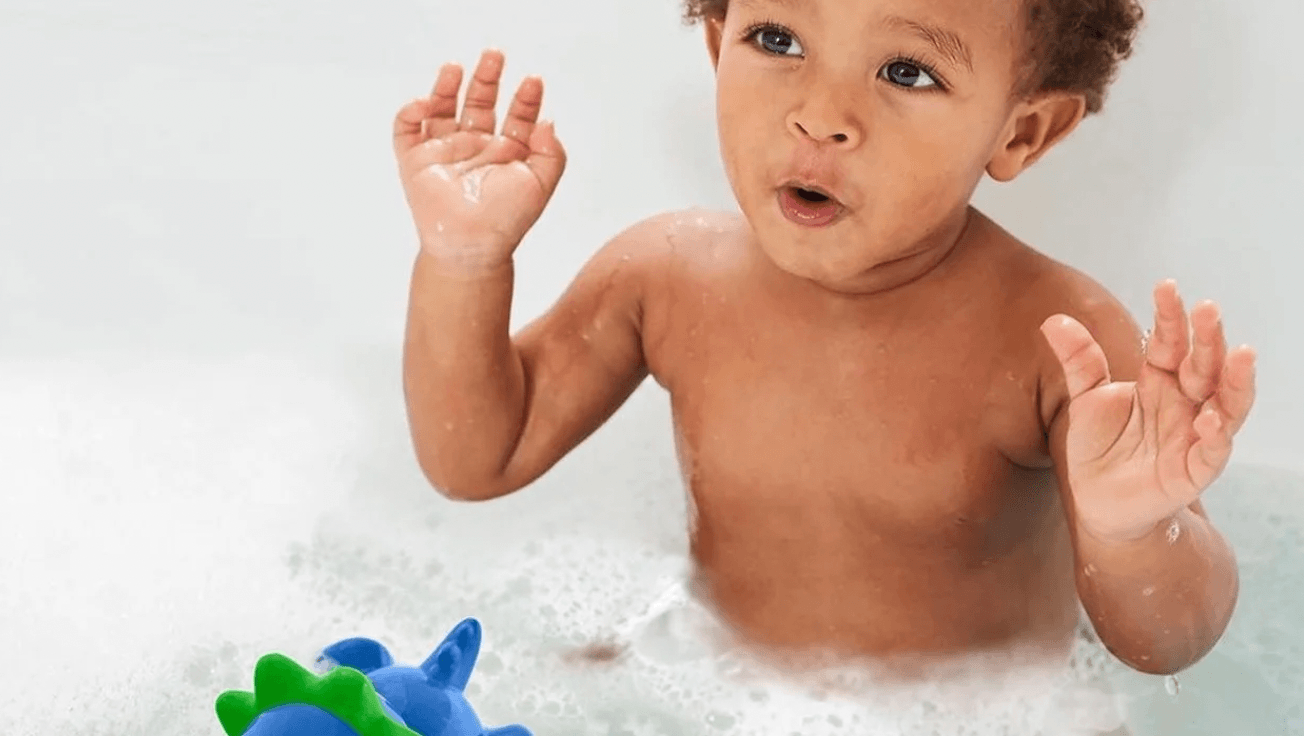
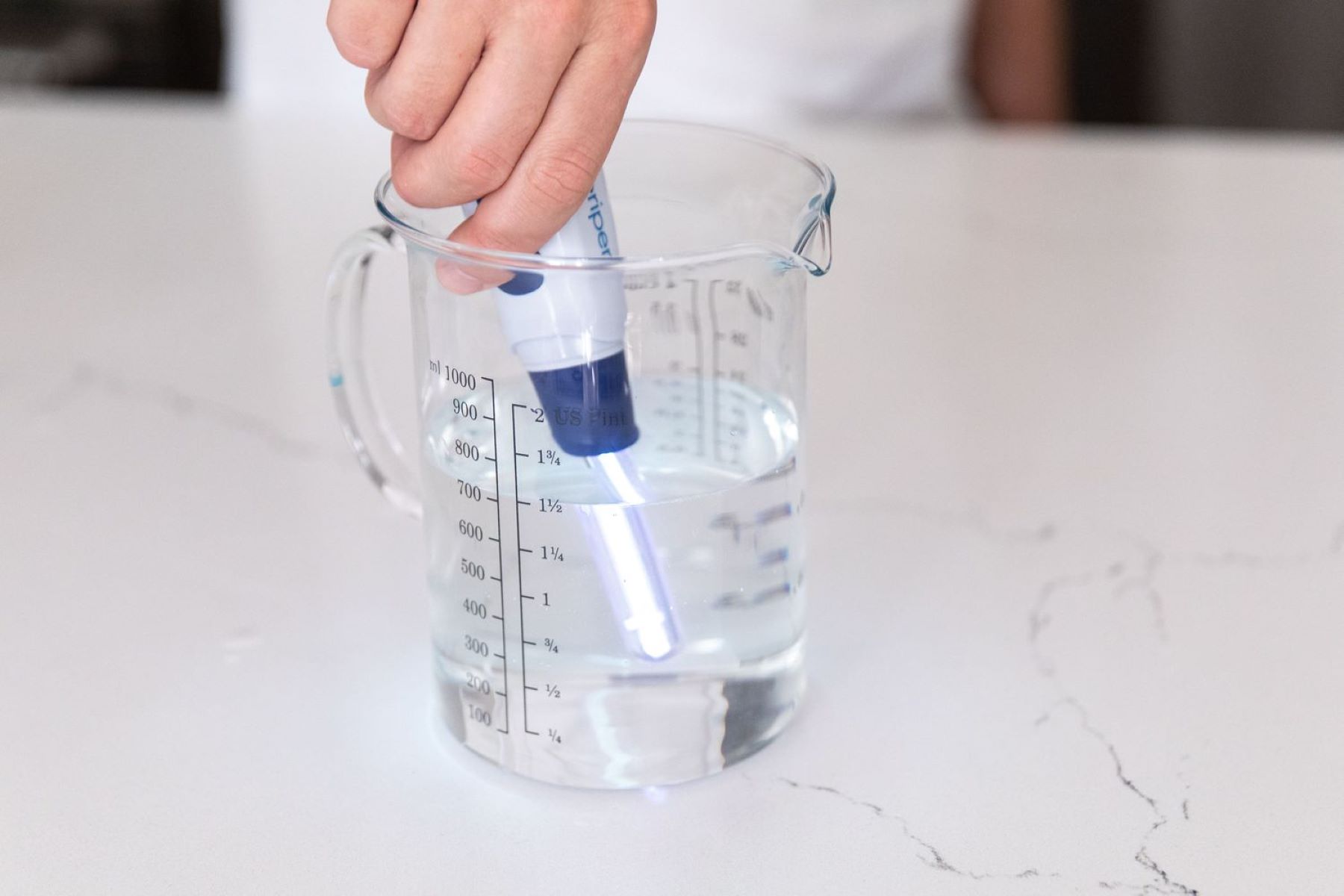
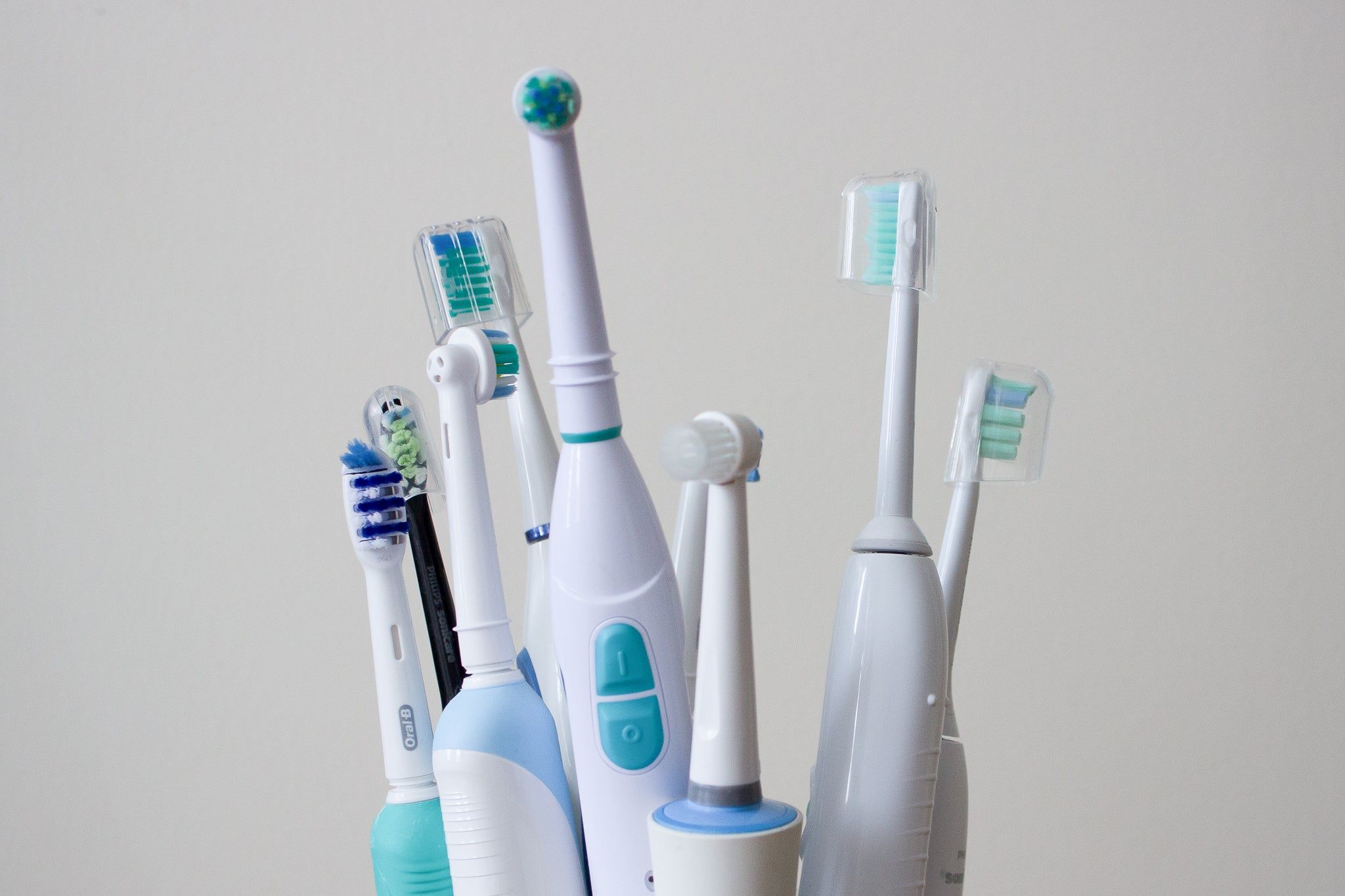
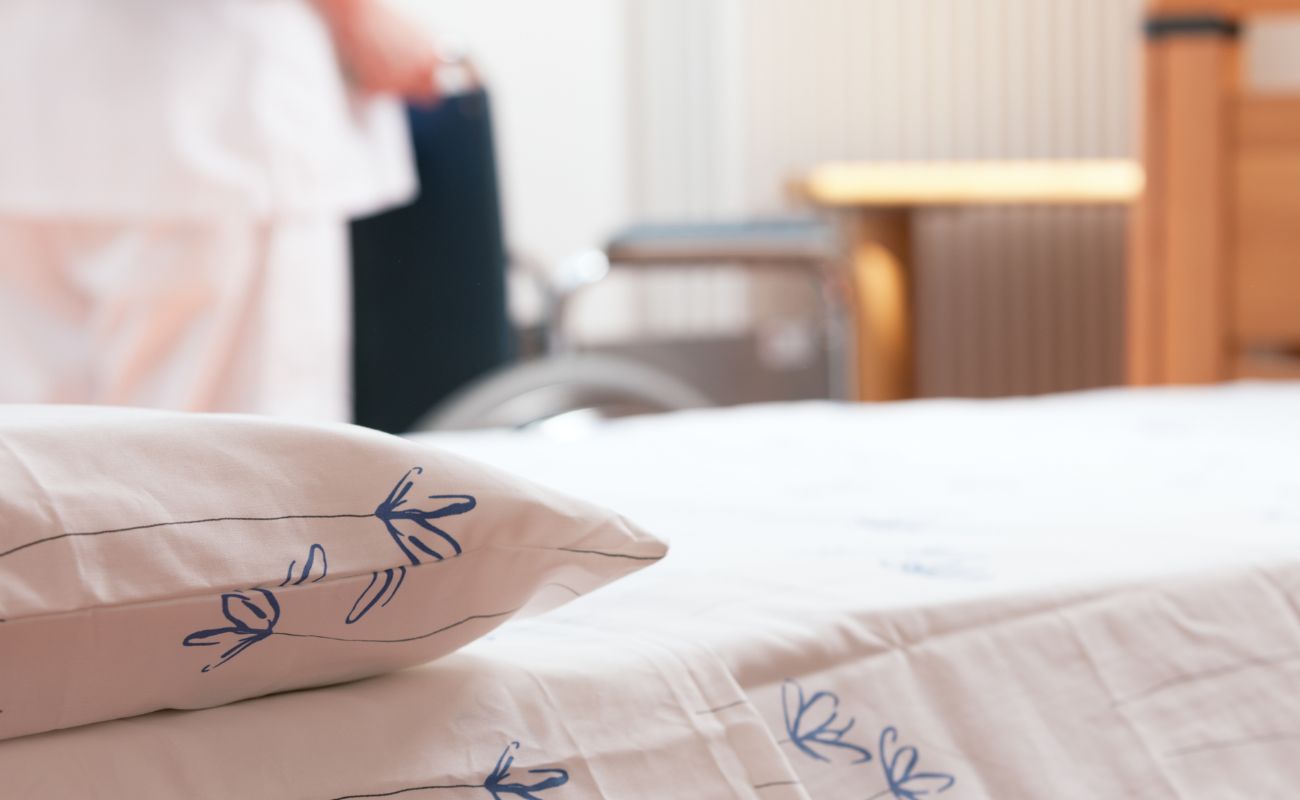
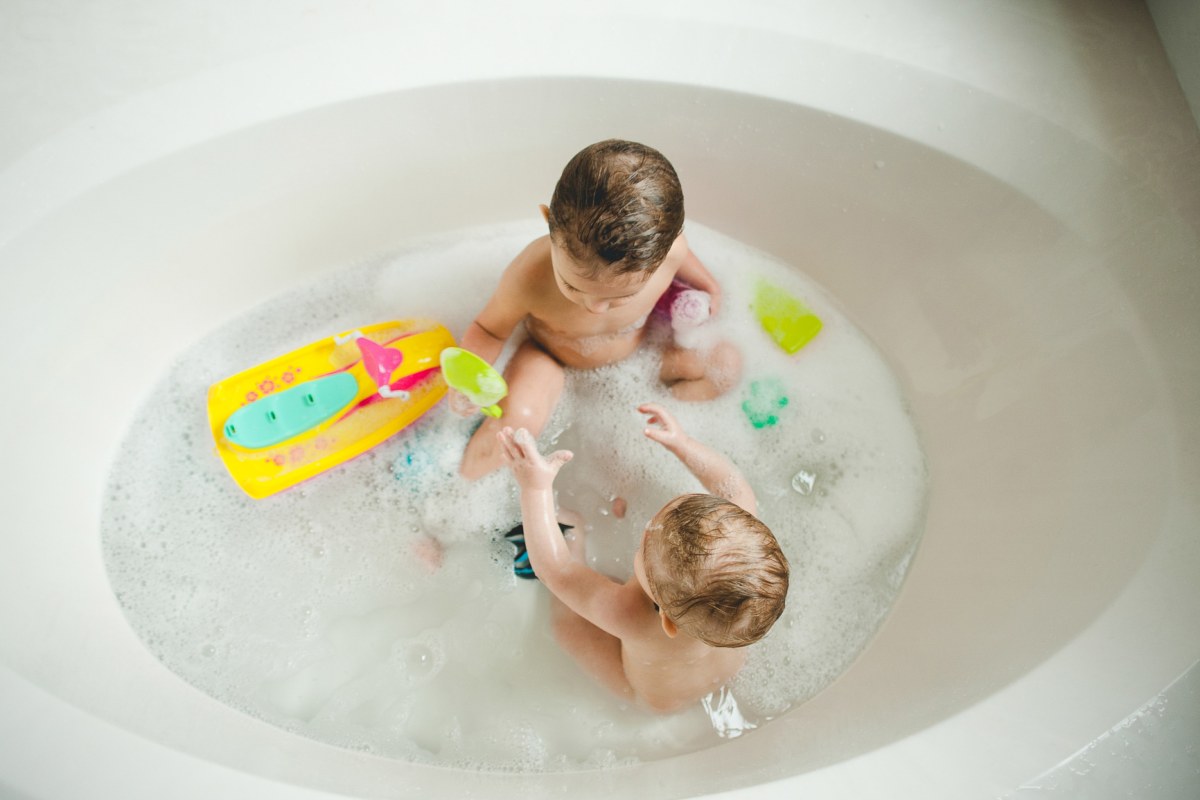
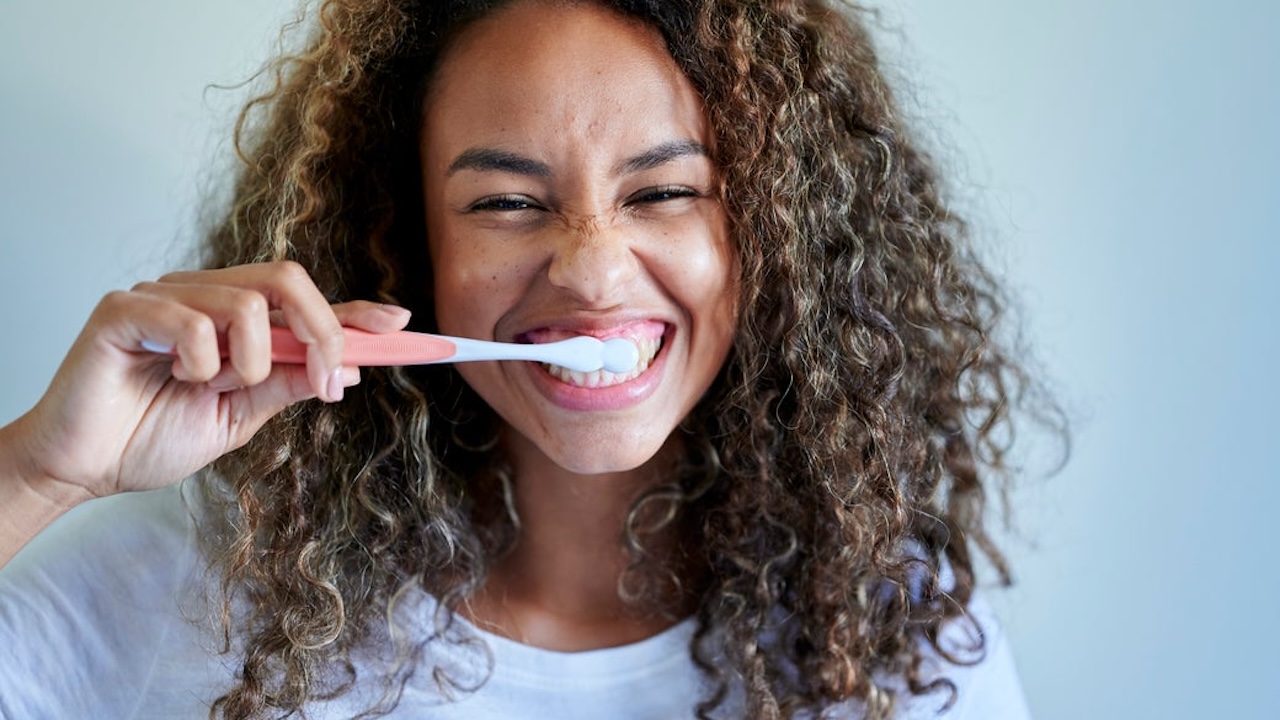
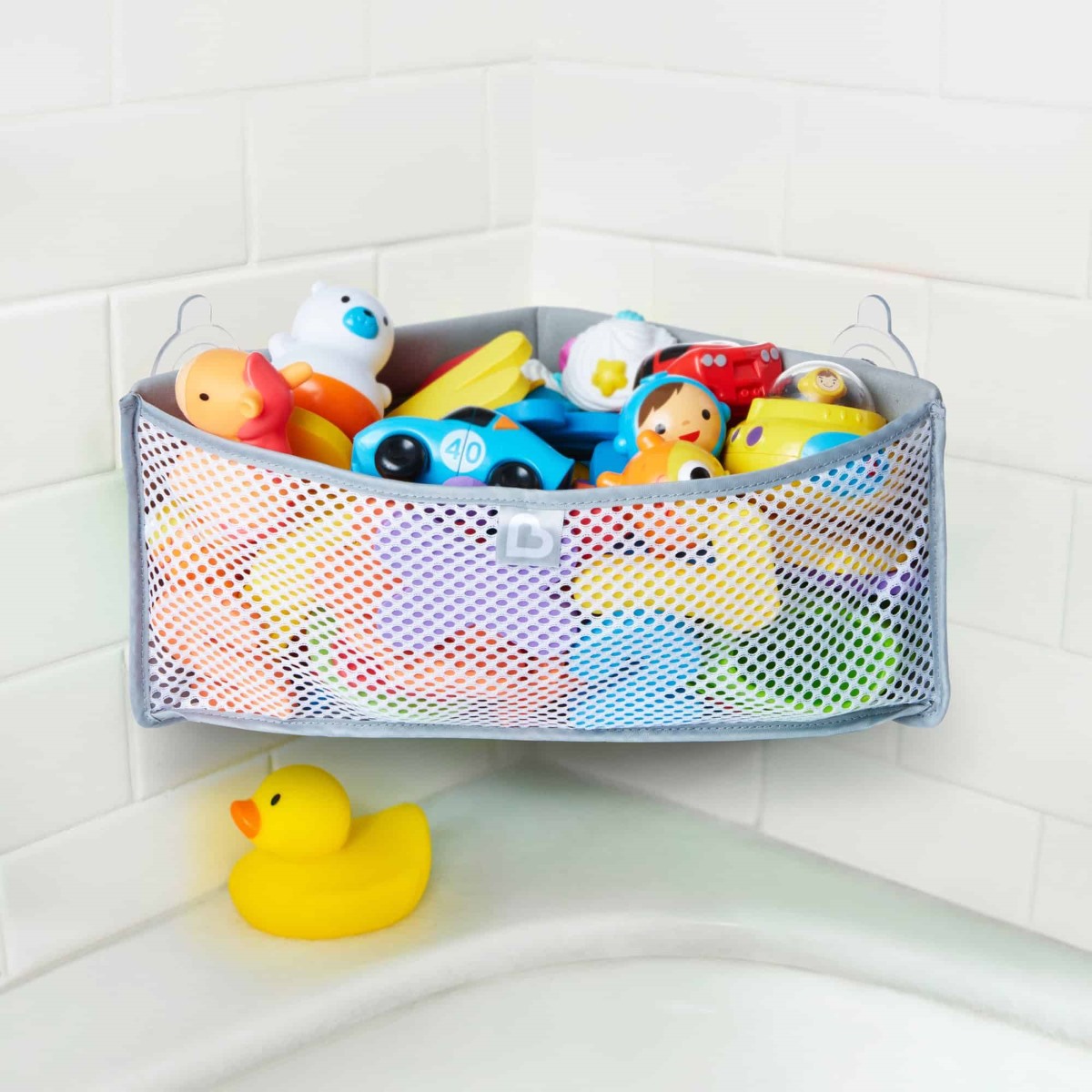

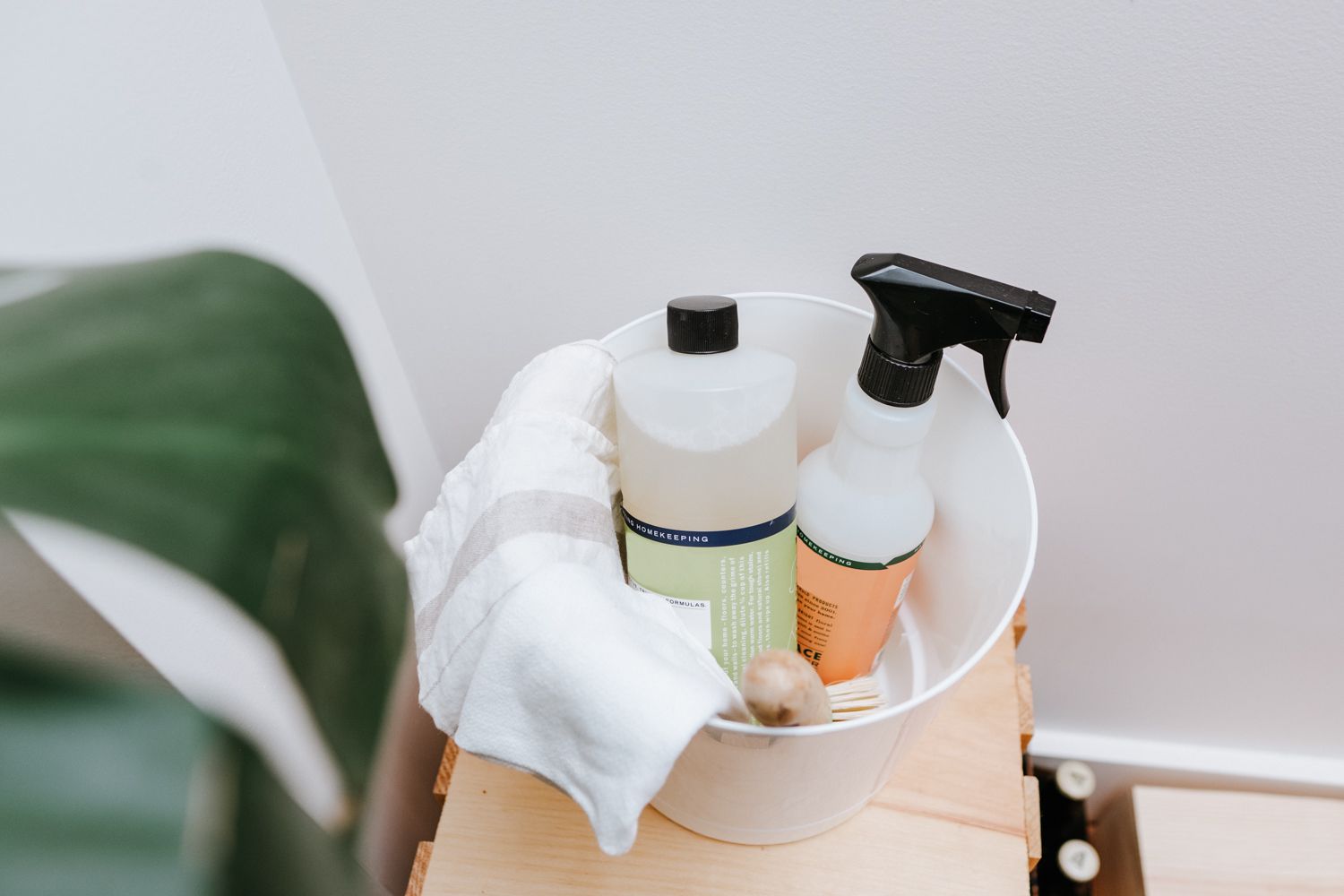

0 thoughts on “How To Disinfect Bath Toys After Poop”